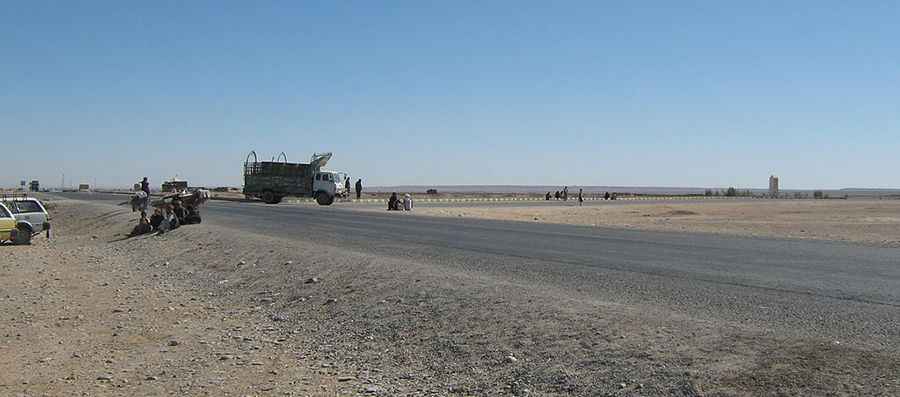Highway 1 is the Afghan Highway to Hell
Running from Kabul to Kandahar, NH0101 is the name of a very challenging drive located in the heart of Afghanistan. It was nicknamed the Highway to Hell.

What’s the Highway to Hell?
Part of Highway 1 (or A01), locally known as the Ring Road, the road is 485km (301 miles) long. It’s totally paved and runs through five provinces: Kabul, Wardak, Ghazni, Zabul, and Kandahar. It links Afghanistan's largest cities: Kabul (the capital of the country in the Kabul Province) and Kandahar (the capital of Kandahar Province).
Is NH0101 road from Kabul to Kandahar dangerous?
This highway is a vital artery of the country's road network. Rebuilt after 2001 with American and Japanese funding and opened to traffic in December 2003, the road is totally paved but its conditions are awful, with potholes, ruts, destroyed bridges, and visible symbols of two decades of war, corruption, and neglect. This road is extremely dangerous due to Taliban and insurgent attacks and ambushes, roadside bombs, extreme weather conditions, and local militias acting as ‘traffic police’. Keep in mind that Taliban fighters, whose attacks burnished this road’s reputation as “The Highway of Death,” are again Afghanistan’s rulers. The narrow, winding road climbs 600 meters through the Kabul gorge; however, the brutal landscape and poor infrastructure are only part of the problem. The road snakes deep through Taliban territory, and the threat of insurgency is what makes Highway 1 so dangerous.
Can I drive the Highway to Hell?
Traveling through the area is not recommended. If you do choose this route, please check up-to-date information due to the security situation. Obviously, you would have to really (!) check what is going on now. You might want to contact your embassy in Kabul as they have the best info about terrorist attacks, ongoing armed conflict, the risk of kidnapping, and the high crime rate.
Pic: Leonard J. DeFrancisci [CC BY-SA 3.0 (https://creativecommons.org/licenses/by-sa/3.0) or GFDL (http://www.gnu.org/copyleft/fdl.html)], via Wikimedia Commons